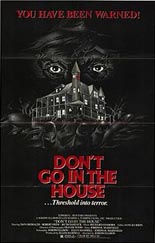
 Poor, lonely, miserable, working-class cog Donald Kohler (Dan Grimaldi, best-known as twins Patsy and Philly Parisi on TV’s The Sopranos) is having a very bad day. First, his boss berates him for not coming to the aid of a co-worker who bursts into flames when a can of spray paint explodes in the incinerator. Then, Donald slumps home to find Mom (Ruth Dardick) dead in her rocking chair. His initial reaction is shock, until reality hits: Now he can play his disco LPs at full volume and jump on the living-room furniture from the Old Biddy collection!
Poor, lonely, miserable, working-class cog Donald Kohler (Dan Grimaldi, best-known as twins Patsy and Philly Parisi on TV’s The Sopranos) is having a very bad day. First, his boss berates him for not coming to the aid of a co-worker who bursts into flames when a can of spray paint explodes in the incinerator. Then, Donald slumps home to find Mom (Ruth Dardick) dead in her rocking chair. His initial reaction is shock, until reality hits: Now he can play his disco LPs at full volume and jump on the living-room furniture from the Old Biddy collection!
Oh, and of course, flame-broil some broads. Hi-diddle-dee-dee, the bachelor’s life for me …
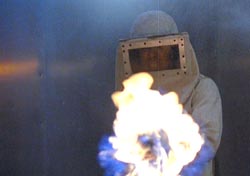 Welcome to Don’t Go in the House, the only slasher film I can think of where the killer’s signature outfit is a head-to-toe asbestos suit. Because the child Donald had his arms held over the gas stove by his mother — an apparent honors grad of the Piper Laurie in Carrie School of Parenting — the adult Donald likes to lure young, beautiful women into his spacious home, knock ’em out, strip ’em nude, tie ’em up and unleash the cruel, hot licks of a flamethrower upon their easy-to-bubble bods. Good thing the Kohler residence comes with a steel-paneled room! (Hell, when you have that, who needs an extra powder bath?)
Welcome to Don’t Go in the House, the only slasher film I can think of where the killer’s signature outfit is a head-to-toe asbestos suit. Because the child Donald had his arms held over the gas stove by his mother — an apparent honors grad of the Piper Laurie in Carrie School of Parenting — the adult Donald likes to lure young, beautiful women into his spacious home, knock ’em out, strip ’em nude, tie ’em up and unleash the cruel, hot licks of a flamethrower upon their easy-to-bubble bods. Good thing the Kohler residence comes with a steel-paneled room! (Hell, when you have that, who needs an extra powder bath?)
Most slashers would be content to stop there, but first-time director/co-writer Joseph Ellison takes things a little further by giving us a glimpse into Donald’s mixed-up mind; he is haunted by the literal ghosts of his crispy victims, whom he imagines come to life at inopportune times. (He keeps their ashen corpses in an adjoining room, each dressed to the nines and seated in her own chair as if on display like a menagerie.) It’s a halfway-novel twist to an otherwise dreary, dirty tale, and as Don’t Go in the House’s resident Norman Bates, Grimaldi turns in a pretty good performance of an utterly despicable human being.
Even with depicting the abuse Donald suffered, Ellison fails to establish a credible link for the grown man’s newfound, strike-anywhere hobby. He also fails an opportunity for a killer joke in not having Donald drop the needle on “Disco Inferno.” That’s the one instance in which an increased budget would have helped. —Rod Lott
Buy it at Amazon.
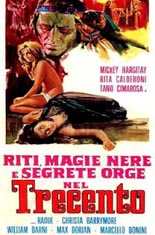
 This much I recall about The Reincarnation of Isabel, less than 24 hours after viewing:
This much I recall about The Reincarnation of Isabel, less than 24 hours after viewing: The Italian film from writer/director Renato Polselli (The Vampire and the Ballerina) also is known under of the alternate, better title Black Magic Rites. That’s a very important piece of info, as I almost bought this maddening piece of shit twice. #themoreyouknow —Rod Lott
The Italian film from writer/director Renato Polselli (The Vampire and the Ballerina) also is known under of the alternate, better title Black Magic Rites. That’s a very important piece of info, as I almost bought this maddening piece of shit twice. #themoreyouknow —Rod Lott
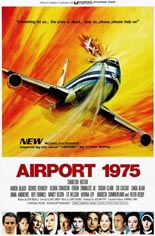
 Second in the
Second in the 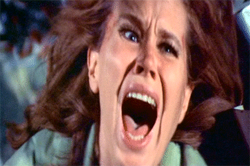


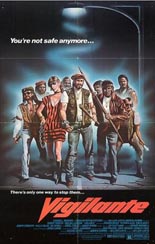
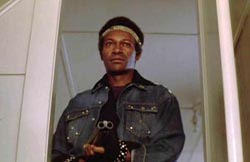
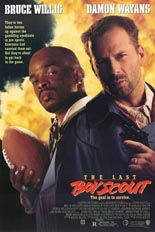
 Directed by that action-flick
Directed by that action-flick 